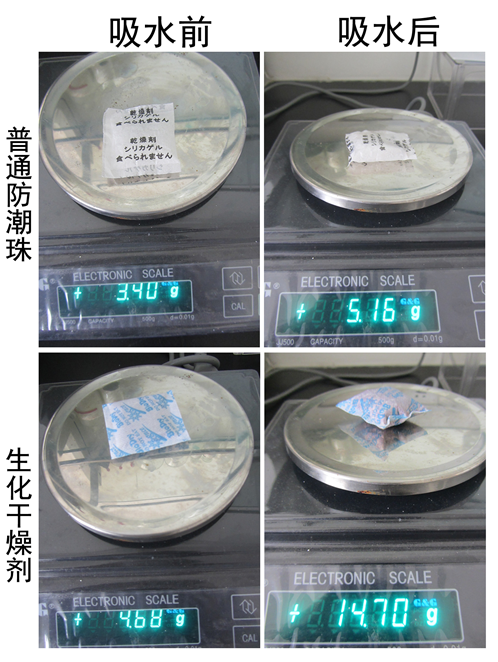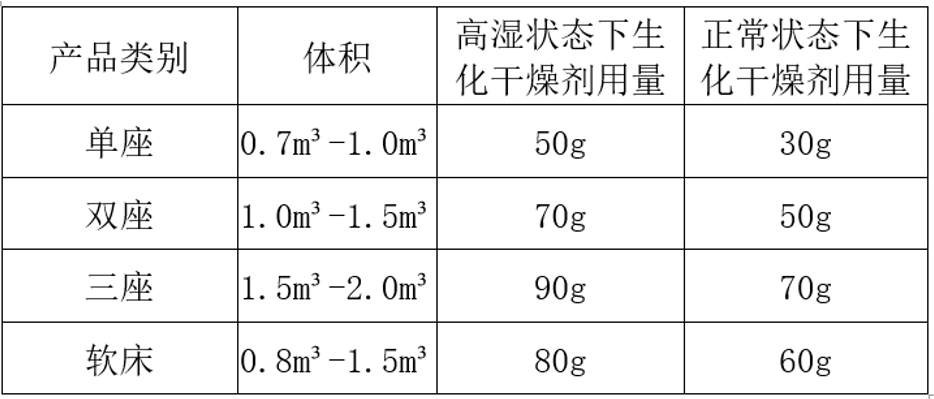In the past two years, more and more furniture companies have begun to pay attention to mold and moisture prevention. Why has mold been eroding corporate profits crazily in recent years?
Based on the manufacturing technology of upholstered furniture and the production process of the factory, our company has conducted research and analysis on the mold growth factors in materials, production, packaging, warehousing and transportation of many furniture mold cases. The causes of mildew on furniture were discovered:
1. Furniture materials are rich in food for mold growth, such as protein, starch, oil, and cellulose in bamboo and wood fibers, and collagen, protein, and fat in leather, which provide sufficient nutrients for the growth and reproduction of mold.
2. The environmental protection department vigorously promotes the use of environmentally friendly glue. The starch in the glue has also become a food source for mold.
3. There is no suitable method to control the humidity of materials and the relative humidity of the air, which increases the risk of mildew.
4. The European Union strictly restricts the use of highly hazardous preservatives such as pesticides, DMF, and azo heavy metals. Many manufacturers cannot find effective alternatives to environmentally friendly fungicides.
5. The transportation and storage cycle is too long, making the product more susceptible to moisture and increasing the risk of product mildew.
6. In the work of preventing mildew and moisture, major factories use the simplest and most basic methods:
Desiccant absorbs moisture
Why do products need to be moisture-proof after shipment?
In a specific package, there are three sources of moisture. The mission of the desiccant is to absorb these three parts of water vapor and control the humidity in the package within a safe humidity.
1. When the product is packaged, the initial moisture contained in the air inside the package. For example, if the volume of product packaging is 1 cubic meter, the initial temperature during packaging is 23°C, and the relative humidity is 85%, the air contains 17.47 grams of water.
2. The moisture contained in the packaging accessories in the product packaging will gradually evaporate during storage and transportation. For example, wood usually has a moisture content of 12%-20%.
3. During storage and transportation, water vapor penetrates into product packaging through barrier packaging.
Then, if these three parts of water vapor are absorbed by the product, it will increase the risk of mildew. Therefore, in the actual production and packaging process, factories will use water-absorbing and moisture-proof products to absorb excess moisture in materials and air.


The moisture-proof treatment complies with EU environmental protection requirements, extends the service life of furniture materials, reduces waste of resources and environmental pollution, and embodies the company's social responsibility and sustainable development concepts.

















